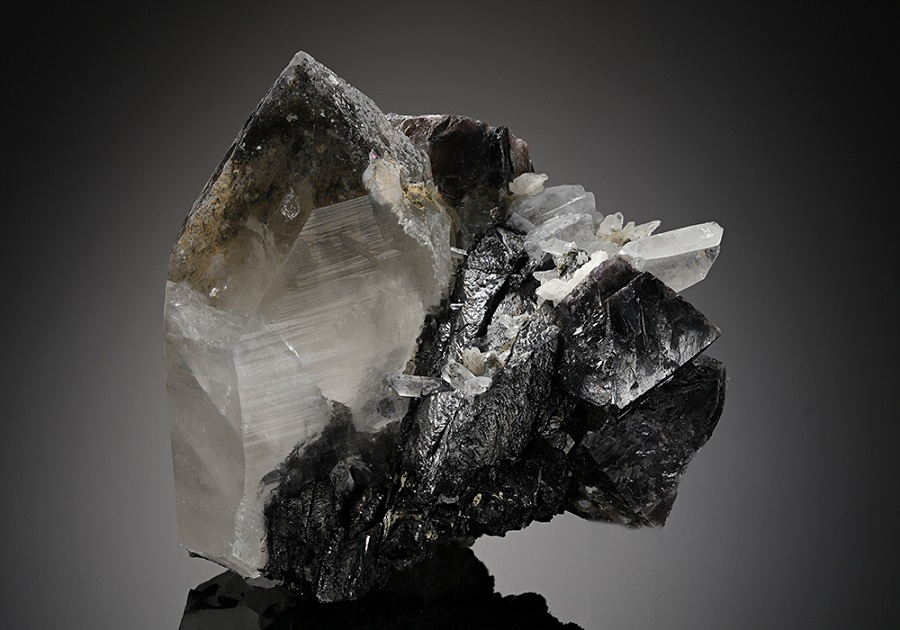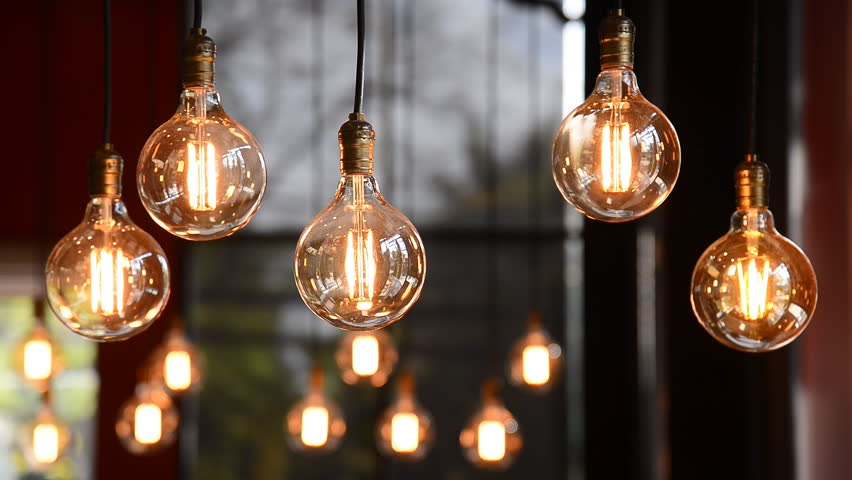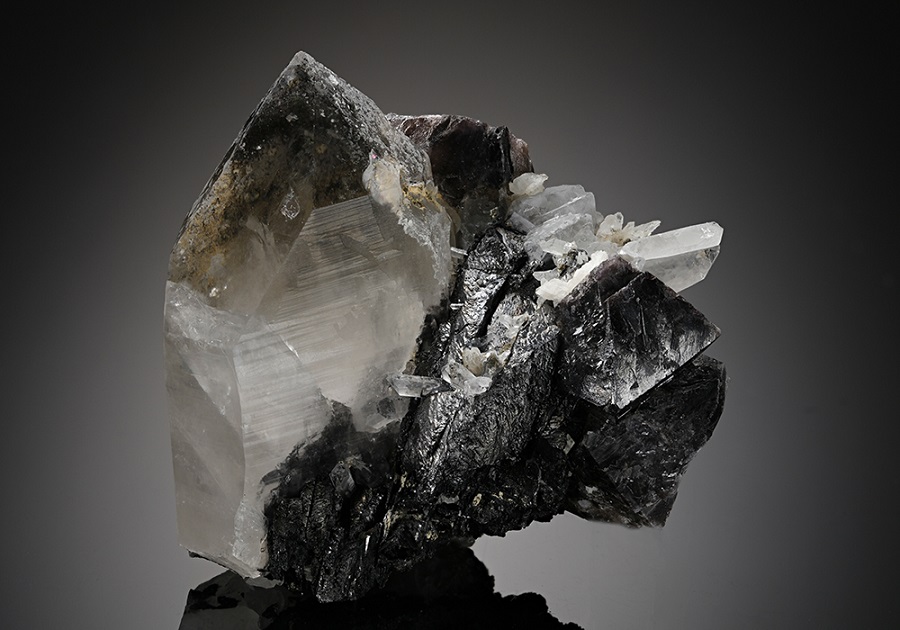7 Interesting Facts about Tungsten

7 Interesting Facts about Tungsten
Tungsten is a silver-white metal with an atomic number of 74 and the element symbol W. Tungsten is familiar to many people as a metal used in incandescent light bulb filaments. So just for fun, in this article, we’ll take a look at 7 interesting facts about tungsten.

Interesting Facts about Tungsten
Interesting Facts about Tungsten - 1. The Discovery of Tungsten
The history of tungsten can be traced back to the 17th century. At that time, miners in Germany noticed that some ore would interfere with the reduction of cassiterite and produce slag. They these ores some German nicknames: "wolfert", and "wolfrahm".
In 1758, Swedish chemist and mineralogist A.F. Cronsteat discovered a mineral, which he called "tungsten", which means "heavy stone" in Swedish. In 1781, the Swedish chemist Carl William Scheler discovered scheelite and extracted tungstic acid from it. He believes that a new metal may be obtained by reducing tungstic acid.
In 1783, the brothers Juan Jose and Fausto D’Elhuyar also extracted tungstic acid from the tungsten mine. In the same year, they obtained tungsten powder for the first time by reducing tungsten trioxide with carbon.
Interesting Facts about Tungsten - 2. The Development of the Tungsten Industry
In 1841, chemist Robert Oxland obtained a British patent for the production methods of sodium tungstate, tungstic acid, and metal tungsten. This opened the way for the industrial production of tungsten.
In the 1850s, chemists noticed that the addition of tungsten to steel would affect the properties of steel. However, it was not until the end of the 19th and early 20th centuries that tungsten steel began to be produced on a large scale and widely used.
High-speed steel with a tungsten content of 20% was first exhibited at the Paris World's Fair in 1900. The emergence of this steel marked a major technological advancement in the field of metal cutting.

Interesting Facts about Tungsten
In 1900, the Russian inventor А.Н.Ладыгин first proposed the use of tungsten in lighting bulbs. In 1903, Coolidge in the United States made tungsten wires by pressing, remelting, spin-forging, and drawing processes of tungsten powder. The advent of tungsten wires promoted the development of the lighting industry.
In 1927, cemented carbide with tungsten carbide as the main component was developed. This is an important stage in the industrial development history of tungsten. These cemented carbides are widely used in modern technology because of their good properties.
Interesting Facts about Tungsten - 3. Tungsten Resource Distribution
The world's tungsten resources are mainly concentrated in the Alps-Himalayas and the Pacific Rim geological belt. China is in these two geological belts, so it has abundant tungsten reserves, ranking first in the world, accounting for more than half of the world.
Russia's tungsten resources are mainly concentrated in the middle of the Sihot-Alin Mountains in the North Caucasus, Eastern Siberia, and the Far East. The larger mines include Verkhne-Kayrakty. Tungsten resources in the United States are concentrated in California and Colorado.
According to data released by the U.S. Geological Survey in 2015, the global tungsten resource reserves are about 3.3 million tons, and China has the largest tungsten resource reserves of 1.9 million tons, accounting for about 58% of the global total. This was followed by Canada (290,000 tons), Russia (250,000 tons), and the United States (140,000 tons). Other countries with rich tungsten reserves in the world include Bolivia (53,000 tons), Australia (10,000 tons), and Portugal (42,200 tons).
Interesting Facts about Tungsten - 4. Global Tungsten Production
According to data released by the U.S. Geological Survey in 2015, global tungsten production in 2014 was about 82,400 tons, a slight increase of 1% from 2013's 81,400 tons.
China is the main producer of tungsten. In 2014, the output of tungsten ore was 68,000 tons, accounting for about 84% of the global total output. Followed by Russia (3,600 tons) and Canada (2,200 tons). Other countries with high tungsten production include Vietnam (2000tons), Bolivia (1300 tons), Austria (850 tons), Congo (Gold) (800 tons), Portugal (700 tons), Rwanda (700 tons), and Australia (600 tons) ).
Interesting Facts about Tungsten - 5. The Classification of Tungsten Ores
Tungsten reserves are relatively abundant in the world. More than 20 kinds of tungsten minerals and tungsten-containing minerals have been discovered. Although more than 20 types of tungsten minerals and tungsten-containing minerals have been discovered, only wolframite and scheelite are of economic value.

Interesting Facts about Tungsten
Wolframite is the main ore for refining tungsten. It is brown to black and has a metallic or semi-metallic luster. In addition to China, other major producing areas include Russia Siberia, Myanmar, Thailand, Australia, Bolivia, and other places.
The appearance of scheelite is a granular stone, with a yellowish-white and fatty luster. Scheelite is associated with calcite muscovite and black cassiterite, of which scheelite and calcite are fluorescent. Heated or irradiated with ultraviolet light, scheelite is slightly purple, and scheelite is the main raw material for smelting tungsten.
Interesting Facts about Tungsten - 6. The Properties of Tungsten
Tungsten is a silver-white metal that looks like steel. Tungsten has the highest melting point of all metal elements. The density of tungsten (19.3 g / cm³) is very high, which is close to that of gold, and the hardness of tungsten is also very high.
For example, the hardness of tungsten carbide is close to that of the diamond. In addition, tungsten also has good electrical and thermal conductivity, small expansion coefficient, and other characteristics.
The chemical properties of tungsten are very stable. At room temperature, it does not react with air and water. When it is not heated, any concentration of hydrochloric acid, sulfuric acid, nitric acid, hydrofluoric acid, and aqua regia has no effect on tungsten.
Interesting Facts about Tungsten - 7. The Uses of Tungsten
About 50% of the tungsten ore mined in the world is used for the smelting of high-quality steel, about 35% is used to produce hard steel, about 10% is used to make tungsten wire, and about 5% is used for other purposes.
Tungsten can be used to manufacture guns, nozzles for rocket thrusters, armor-piercing projectiles, metal cutting blades, drills, super-hard molds, wire drawing dies, etc.
Tungsten is widely used in mining, metallurgy, machinery, construction, transportation, electronics, chemical, light industry, textile, military industry, aerospace, technology, and various industrial fields.
Conclusion
Thank you for reading our article and we hope you've enjoyed it. If you want to know more about interesting facts about tungsten and other refractory metals, you can visit Advanced Refractory Metals (ARM) for more information. Headquartered in Lake Forest, California, ARM is a leading manufacturer & supplier of refractory metal products such as tungsten, molybdenum, tantalum, rhenium, titanium, zirconium, and so on.
{{item.content}}
LEVE A REPLY
{{item.children[0].content}}
{{item.content}}






